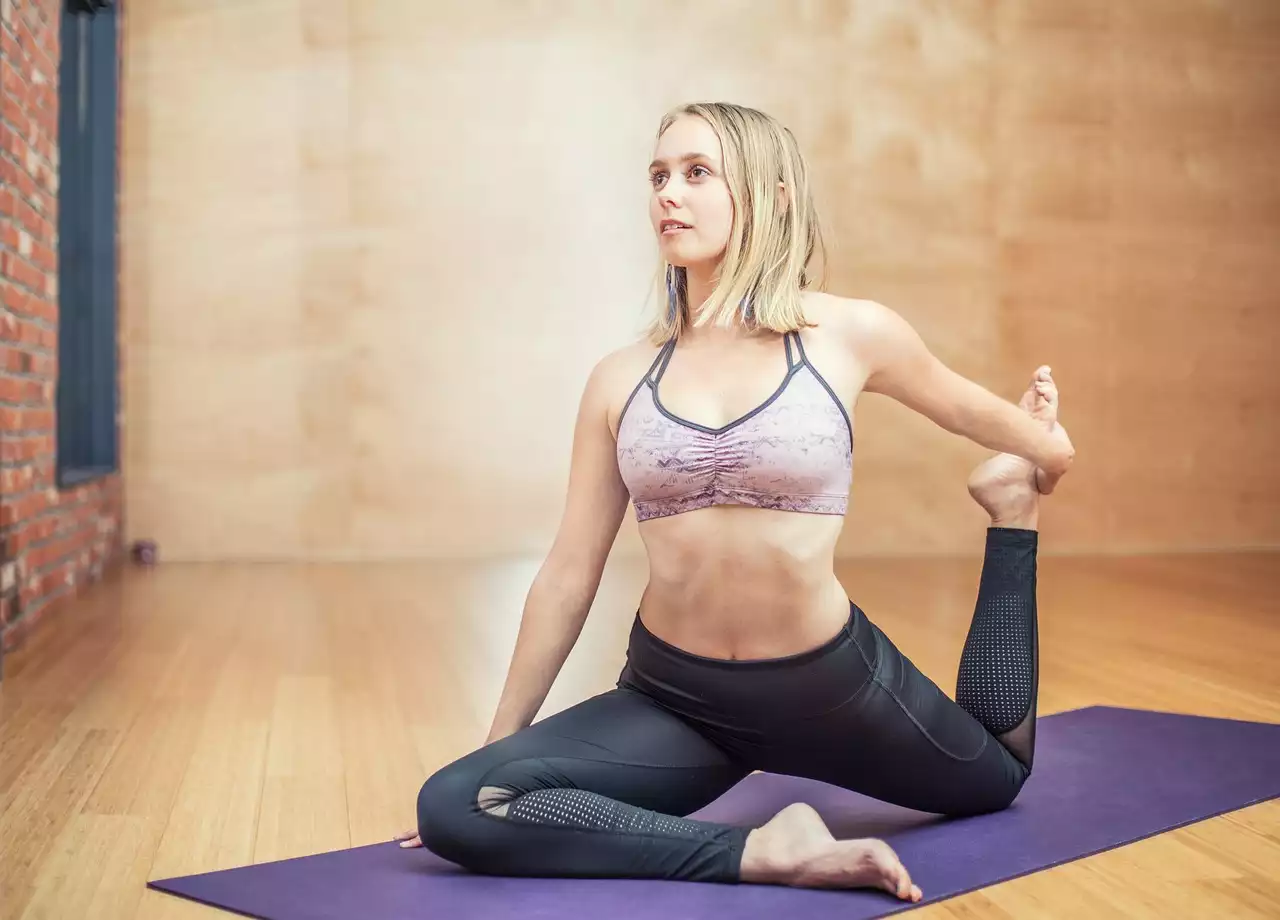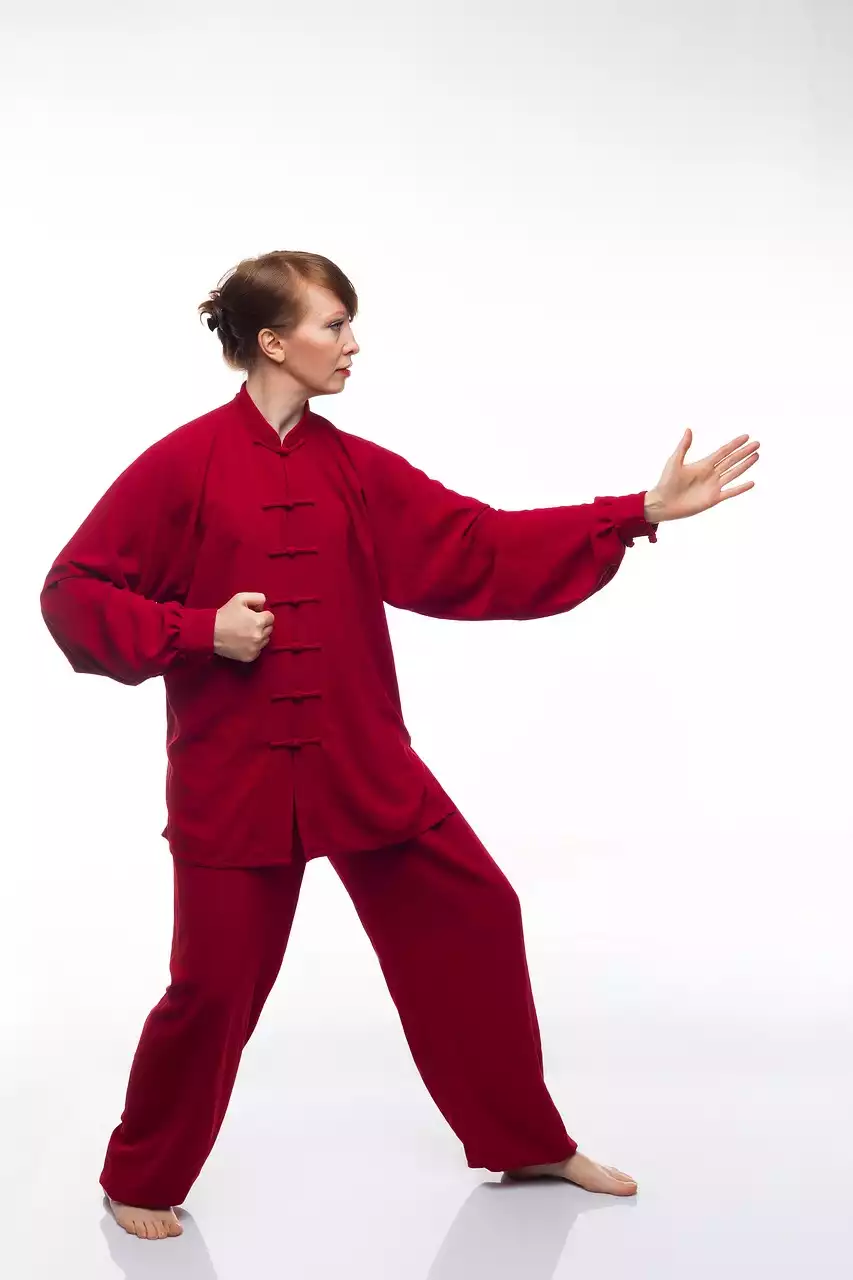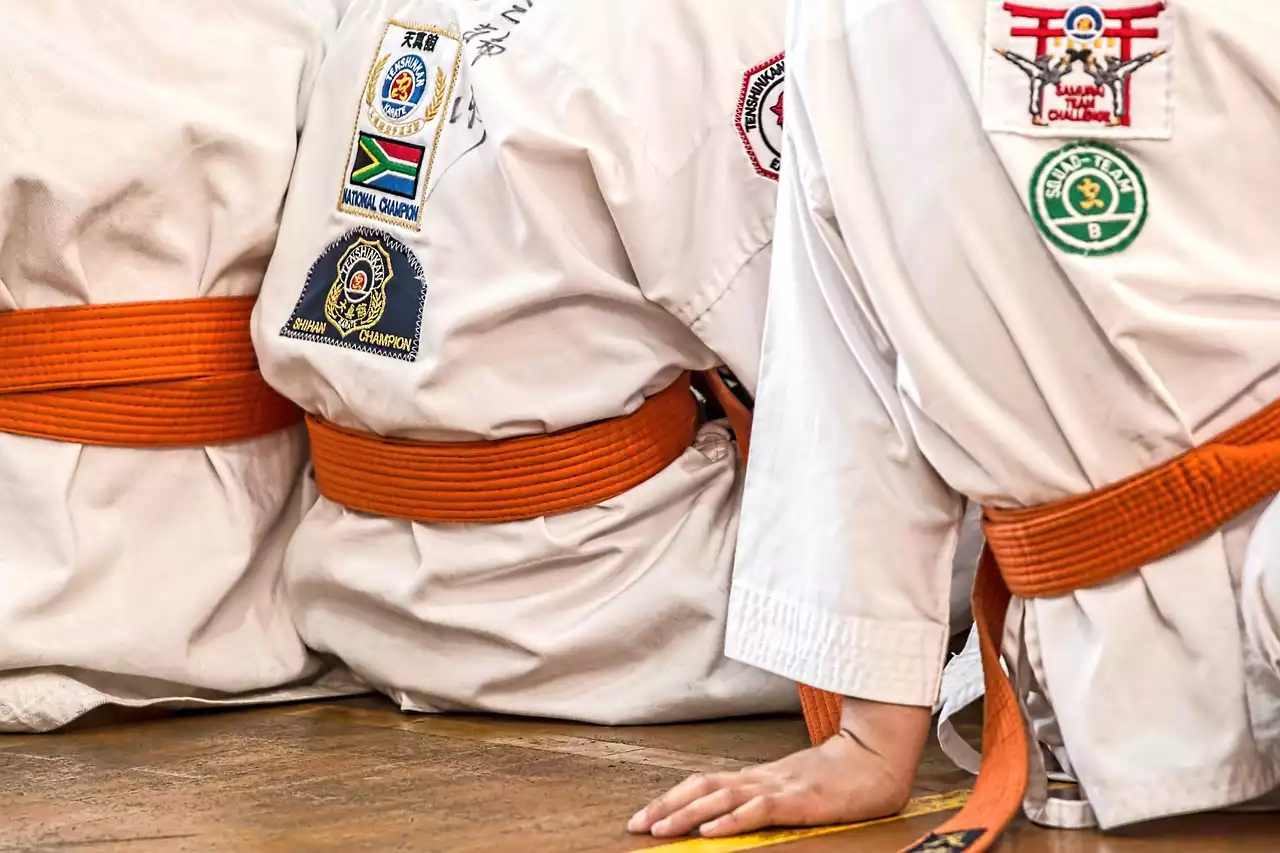Different types of jujitsu mats
Before we dive into the specifics of choosing the perfect jujitsu mats, let's first explore the different types of mats that are available. The most common types of jujitsu mats are puzzle mats, roll-out mats, and tatami mats.
Puzzle mats, also known as interlocking mats, are made of foam and come in different thicknesses and densities. They are easy to install and can be customized to fit any space. Puzzle mats are a popular choice among jujitsu practitioners because they are affordable and provide excellent shock absorption.
Roll-out mats, as the name suggests, are mats that can be rolled up for easy storage. They are typically made of vinyl or similar materials and are available in different thicknesses. Roll-out mats are a good option for those who need to move their mats frequently or for those who don't have space for permanent flooring.
Tatami mats are traditional Japanese mats made of rice straw and covered with woven rush grass. They are used in many martial arts, including jujitsu, and are known for their durability and ability to absorb impact. Tatami mats are more expensive than other types of jujitsu mats, but they are a good investment if you're serious about your training.
Material considerations for jujitsu mats
The material of your jujitsu mats is an important factor to consider when choosing the perfect flooring. The most common materials used for jujitsu mats are foam, vinyl, and rubber.
Foam mats are the most affordable option and come in a variety of densities and thicknesses. They are lightweight, easy to install, and provide excellent shock absorption. However, foam mats may not be as durable as other materials and can compress over time.
Vinyl mats are a popular choice because they are easy to clean and maintain. They are also durable and provide good shock absorption. However, vinyl mats may be more slippery than other materials, which can be a safety concern.
Rubber mats are the most durable option and can withstand heavy use. They provide excellent shock absorption and are slip-resistant. However, rubber mats are more expensive than other materials and may have a strong odor when first installed.
Thickness and density of jujitsu mats
The thickness and density of your jujitsu mats will affect how much shock absorption they provide. Thicker mats will provide more cushioning and are a good choice if you do a lot of throws or takedowns. However, thicker mats may also be more difficult to move and store.
The density of your jujitsu mats is also important. Higher density mats will provide more shock absorption and will be more durable than lower density mats. However, higher density mats may also be more expensive.
When choosing the thickness and density of your jujitsu mats, consider your training needs and budget. A good rule of thumb is to choose mats that are at least 1 inch thick and have a density of at least 4 pounds per cubic foot.
Size and shape of jujitsu mats
The size and shape of your jujitsu mats will depend on the size of your training space and the number of people who will be using the mats. Puzzle mats can be customized to fit any space and can be easily rearranged to accommodate different training needs.
Roll-out mats are available in standard sizes and can be cut to fit your space. They are a good option if you have a large training area and need to cover a lot of ground.
Tatami mats come in standard sizes and are typically used to cover a specific area. They are a good option if you have a dedicated training space and need a permanent flooring solution.
Features to look for in jujitsu mats for safety and comfort
When choosing jujitsu mats, there are a few features that can make a big difference in your safety and comfort during training. Look for mats that have a non-slip surface to prevent slips and falls. Mats with beveled edges will also reduce the risk of tripping.
Some jujitsu mats come with a textured surface that provides extra grip. This can be especially helpful if you practice barefoot or in socks.
If you plan to use your jujitsu mats for other types of exercise, look for mats that are multi-purpose and have a non-slip surface that can accommodate different types of shoes.
Maintenance and cleaning of jujitsu mats
To ensure the longevity of your jujitsu mats, it's important to properly maintain and clean them. Regularly sweep or vacuum your mats to remove dirt and debris. You can also use a mild detergent and water to clean your mats. Avoid using harsh chemicals that can damage the material.
If your mats become stained or discolored, you can use a solution of vinegar and water to remove the stain. Simply mix equal parts vinegar and water and scrub the affected area with a soft brush.
Where to buy jujitsu mats
Jujitsu mats can be purchased from a variety of sources, including martial arts supply stores, sporting goods stores, and online retailers. When shopping for jujitsu mats, be sure to compare prices and read reviews to ensure you're getting a quality product.
Jujitsu flooring installation tips
Installing jujitsu flooring can be a DIY project, but it's important to follow a few key steps to ensure a safe and effective installation. First, make sure your subfloor is clean and level. If your subfloor is uneven, you may need to use a self-leveling compound to create a smooth surface.
When installing puzzle mats, start at one corner of the room and work your way across. Be sure to leave a small gap between the mats and the wall to allow for expansion. When installing roll-out mats, be sure to secure them to the subfloor to prevent slipping.
If you're unsure about the installation process, consider hiring a professional to ensure a safe and effective installation.








